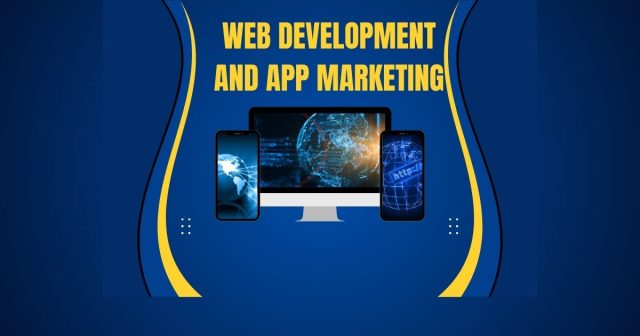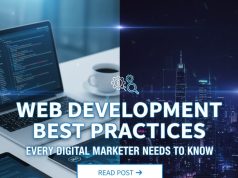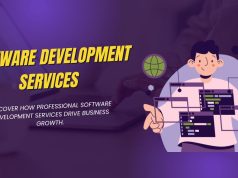Starting your journey in web development and app marketing can feel overwhelming. With countless programming languages, frameworks, and marketing strategies to choose from, many beginners struggle to know where to begin. This comprehensive guide will walk you through the essential foundations of both web development and app marketing, helping you build the skills needed to create successful digital products.
Understanding Web Development Fundamentals
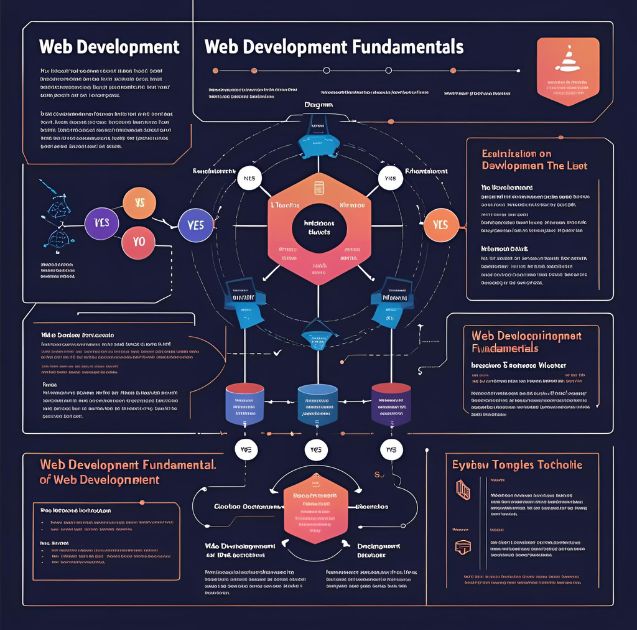
Web development forms the backbone of every digital product. Before diving into complex frameworks, you need to master the core technologies that power the internet.
Essential Programming Languages
HTML (HyperText Markup Language) serves as the foundation of web development. It structures your content and defines what appears on each webpage. Think of HTML as the skeleton of your website—it provides the basic framework that everything else builds upon.
CSS (Cascading Style Sheets) handles the visual presentation of your website. This language controls colors, fonts, layouts, and responsive design elements. Without CSS, websites would look plain and unprofessional.
JavaScript adds interactivity and dynamic functionality to your web pages. From simple button clicks to complex animations, JavaScript brings your website to life. Modern web development heavily relies on JavaScript for creating engaging user experiences.
Choosing Your Development Path
Web development splits into two main categories: front-end and back-end development.
Front-end development focuses on what users see and interact with directly. Front-end developers work with HTML, CSS, and JavaScript to create responsive, user-friendly interfaces. Popular frameworks like React, Vue.js, and Angular can accelerate your development process once you master the basics.
Back-end development handles server-side logic, databases, and application architecture. Languages like Python, PHP, Node.js, and Ruby power the behind-the-scenes functionality that makes websites work. Back-end developers ensure data flows correctly and applications run smoothly.
Full-stack developers combine both skill sets, handling everything from user interface design to server management.
Setting Up Your Development Environment
A proper development environment increases your productivity and helps you write better code. Start with a reliable code editor like Visual Studio Code, which offers helpful features like syntax highlighting and debugging tools.
Version control systems like Git allow you to track changes, collaborate with others, and revert to previous versions when needed. GitHub provides a platform for storing your code and showcasing your projects to potential employers or clients.
App Marketing Strategies That Drive Results
Creating a great app is only half the battle. Effective app marketing ensures your target audience discovers and downloads your application.
Understanding Your Target Audience
Successful app marketing starts with knowing your users. Research their demographics, preferences, and pain points. This information guides your marketing messages and helps you choose the right promotional channels.
Create detailed user personas that represent your ideal customers. Include information about their age, interests, device preferences, and app usage patterns. These personas will inform every marketing decision you make.
App Store Optimization (ASO)
App Store Optimization functions like SEO for mobile applications. Optimizing your app store listing increases visibility and download rates.
Keywords play a crucial role in ASO. Research relevant terms your target audience uses when searching for apps like yours. Include these keywords naturally in your app title, description, and metadata.
Visual elements significantly impact download decisions. Create eye-catching app icons, compelling screenshots, and engaging preview videos. Users often decide within seconds whether to download an app based on these visual cues.
Reviews and ratings influence both app store rankings and user trust. Encourage satisfied users to leave positive reviews and respond professionally to negative feedback.
Content Marketing for Apps
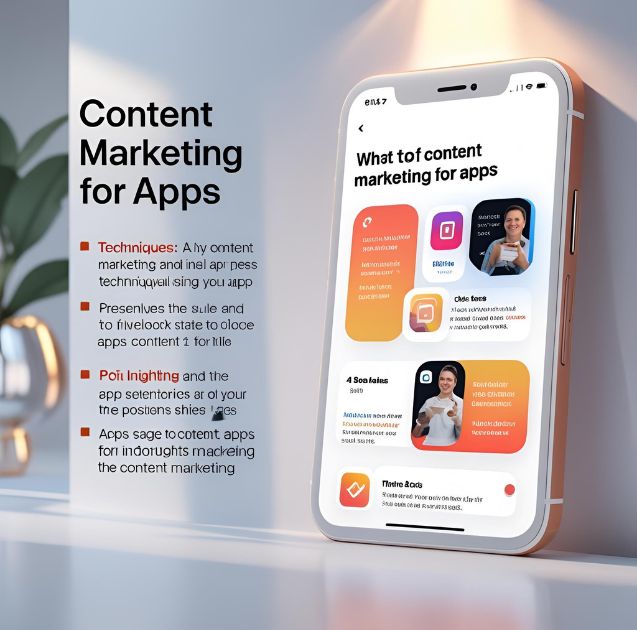
Content marketing builds awareness and establishes your expertise in your app’s niche. Create valuable blog posts, videos, and social media content that addresses your audience’s problems.
Blog content can explain how your app solves specific problems, share industry insights, or provide tutorials related to your app’s functionality. This approach attracts organic traffic and builds trust with potential users.
Social media marketing helps you engage directly with your audience. Share behind-the-scenes development updates, user testimonials, and helpful tips related to your app’s purpose.
Paid Advertising Strategies
Paid advertising can accelerate your app’s growth when used strategically. Start with small budgets and test different approaches to find what works best for your app.
Social media ads on platforms like Facebook, Instagram, and TikTok can reach specific demographics and interests. These platforms offer detailed targeting options that help you reach your ideal users.
Google Ads can capture users actively searching for solutions your app provides. Search ads appear when people look for relevant keywords, making them highly targeted.
Influencer partnerships can introduce your app to established audiences. Partner with influencers who align with your brand values and have engaged followers in your target demographic.
Connecting Development and Marketing
Successful digital products require both solid development skills and effective marketing strategies. Understanding both areas helps you make better decisions throughout the product development process.
Building with Marketing in Mind
Consider marketing implications during the development phase. User-friendly interfaces, fast loading times, and intuitive navigation improve user experience and reduce marketing costs by increasing organic word-of-mouth recommendations.
Implement analytics tools during development to track user behavior and app performance. This data informs both technical improvements and marketing strategies.
Measuring Success
Track key metrics that indicate both technical and marketing success. Monitor app downloads, user engagement, retention rates, and revenue generation. These metrics help you identify areas for improvement and guide future development decisions.
Use tools like Google Analytics, Firebase, or specialized app analytics platforms to gather comprehensive data about your app’s performance.
Taking Your First Steps Forward
Web development and app marketing require continuous learning and adaptation. Technology evolves rapidly, and successful developers and marketers stay current with industry trends and best practices.
Start by choosing one area to focus on initially. Master the fundamentals before expanding into new technologies or marketing channels. Practice consistently, build projects that showcase your skills, and don’t hesitate to seek help from online communities and resources.
Remember that both web development and app marketing are iterative processes. Your first projects won’t be perfect, but each one teaches valuable lessons that improve your future work. Focus on creating value for users, and success will follow naturally.

